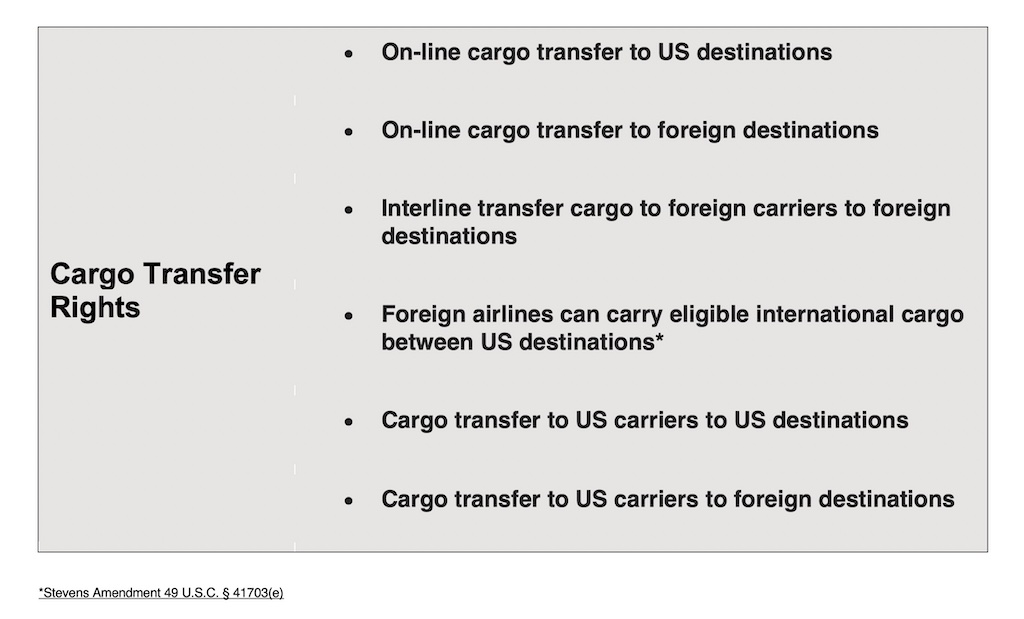
Alaska’s international airports have been granted expanded international passenger transfer rights by the US Department of Transportation.
Alaska’s Ted Stevens Anchorage International Airport (ANC) is already an air cargo powerhouse with significant freighter aircraft services, and these new passenger rights will allow airlines to use belly cargo to support routes with passenger service overlaid.
The rights also allow foreign airlines to better utilise US partner airlines to offer more markets via connections at ANC.
These new passenger transfer rights mirror existing air cargo transfer rights that have been successfully used to help grow ANC into the world’s sixth-busiest air cargo airport. ANC is a key part of Alaska’s economy and is responsible for $1.8bn of economic benefit to the state.
Owing to Alaska’s geographic location, the expanded passenger rights are designed to assist Alaska’s international airports when competing with foreign airports, thereby spurring economic growth in Alaska.
Airport director Jim Szczesniak said: “We have analysed passenger aircraft performance and belly cargo capacity, and there is a substantial revenue opportunity for airlines to utilize ANC.
“For example, Hong Kong to Dallas nonstop has a belly cargo weight penalty—a stop at ANC eliminates that penalty and allows for more than $40,000 in additional cargo revenue for each flight.”
Szczesniak provided additional scenarios benefiting long-haul passenger airlines:
- Brisbane-Anchorage-Chicago allows an additional 24 cargo positions, an additional $64,000 or more in cargo revenue.
- Sydney-Anchorage-New York allows an additional 23 cargo positions, an additional $62,000 in cargo revenue.
- Taipei-Anchorage-Toronto transferring cargo, passengers, and taking on cargo and/or passengers. No belly cargo limitations.
- New Delhi-Anchorage-Los Angeles stopping in ANC only adds 0.5% in additional great circle distance compared to non-stop. No belly cargo limitations. A simultaneous arrival with Mumbai-Anchorage-San Francisco flight could offer short connection times for passengers and also connect traffic to a US partner airline to serve Seattle or other West Coast cities.
“Transferring passengers and cargo at ANC creates synergies for airlines for more destinations, there are a lot of interesting route combinations that can benefit from routing through ANC,” said Szczesniak.
He continued: “Before COVID-19, Alaska was one of the top five most desired destinations for foreign tourists wanting to visit the USA. With Alaska’s natural beauty and wide-open spaces, we anticipate even more demand after the concerns of the coronavirus pandemic have been addressed.
“With new nonstop service, Alaska’s tourism industry is poised to show visitors the splendor of Alaska. Now airlines have the ability combine additional cargo revenue with additional passenger revenue. More cargo revenue and more passenger tickets sold is a winning combination.”
ANC’s geographic location provides air carriers the opportunity to connect Asia, Oceania, North America, and South America. ANC is located 9.5 flight hours from 90% of the industrialized world.

